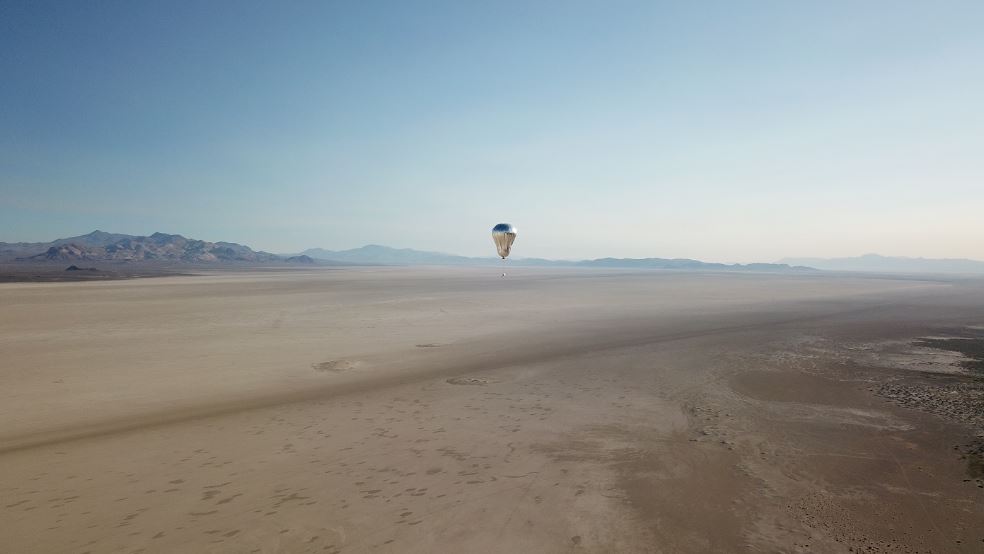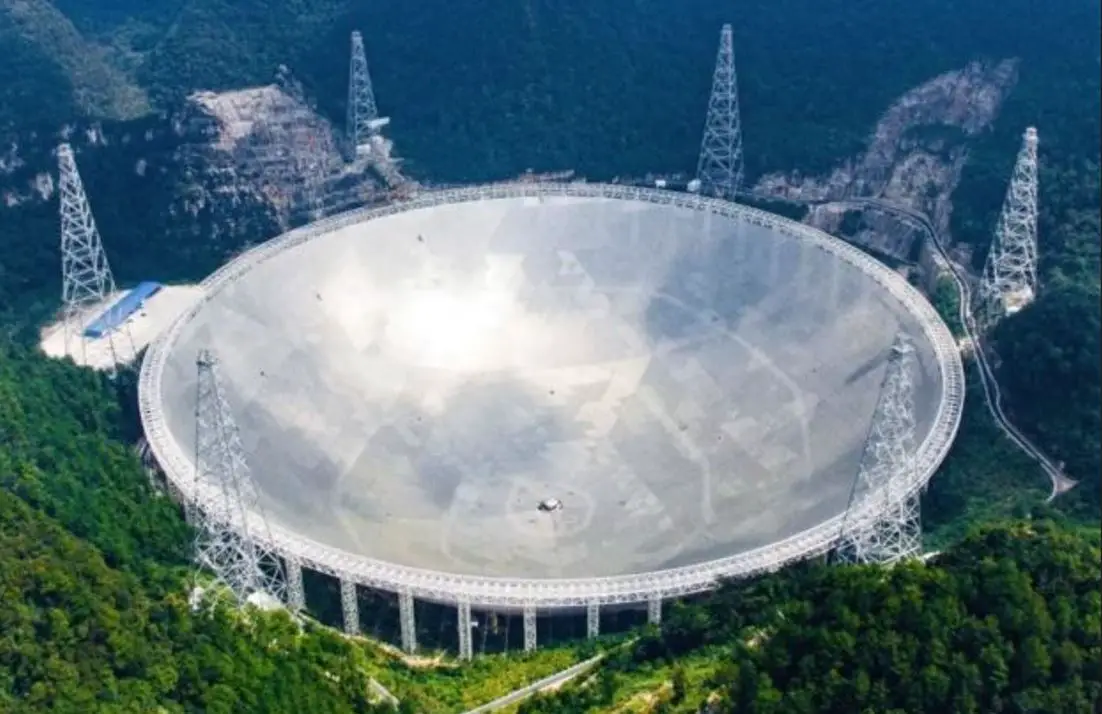The high pressure, high temperature, and corrosive gases on the surface of Venus are enough to disable a robust aircraft within a few hours.
However, at a height of more than ten kilometers, the thick atmosphere is more suitable for robotic exploration.
This time the project concept combines a balloon and a Venus orbiter to explore Venus: the orbiter is far away from the atmosphere, performs scientific measurements and doubles as a communication relay station, and a 12-meter diameter robotic balloon works in the atmosphere.
To test the feasibility, NASA’s Jet Propulsion Laboratory (JPL) and a team of engineers from partner companies successfully flew a two-thirds-sized robotic balloon prototype twice in Nevada.

In the Black Rock Desert of Nevada, a shiny silver balloon slowly rises to an altitude of 1 km, similar to Venus’ 55-kilometer high atmospheric temperature and density.
This technological milestone proves that balloon missions can replace orbiters in places where orbiters cannot, operating in the Venusian atmosphere for weeks or even months.
Lead researcher robotics expert Jacob Izraelevitz said: “We are very pleased with the successful test flight of the prototype, and the flight data can be used to improve the flight simulation model before exploring Venus.”
The current exploration of the Venus atmosphere is only carried out by the Soviet Vega 1 and 2 missions in 1985.
A 3.6-meter helium-filled balloon operates in the atmosphere of Venus for about 46 hours until the power is exhausted. Although the working time is very short, it also means that the balloon can be explored in the atmosphere for a long time.
Roaming the Venus Sky with Robotic Balloon
The ultimate goal of the project is to ride the Venusian wind and orbit Venus from east to west for at least 100 days, monitor the sound waves in the atmosphere from Venus earthquakes, analyze the chemical substances in the clouds, see the global environment of Venus, and then use the Venus orbiter to transmit the data back to Earth. .
Just like the Mars rover receives instructions to drive to interesting places, this time new technology: balloons in balloons (built-in airbags adjust buoyancy), so that robotic balloons can also reach specified altitudes through instructions: 52 and 62 kilometers above the Venus atmosphere.
Although the atmosphere of Venus is slightly more pleasant than the surface, there are still sulfuric acid and other corrosive chemicals, and long-term balloon flight is still not easy.
In order to resist acid corrosion, a variety of coatings are newly developed: acid-resistant coating, heat-resistant metal coating, to protect the scientific instruments inside the balloon.
Also, the seams of the balloons can resist acid corrosion and be sealed for a long time, reducing the leakage of helium from the balloons.
Because of the harsh environment of Venus, developing new material technologies is challenging. The experiment gave researchers confidence in the robotic balloon exploration of Venus.
The new balloon control technology can also be used in scientific research that requires the use of balloons to investigate the high-altitude environment.




